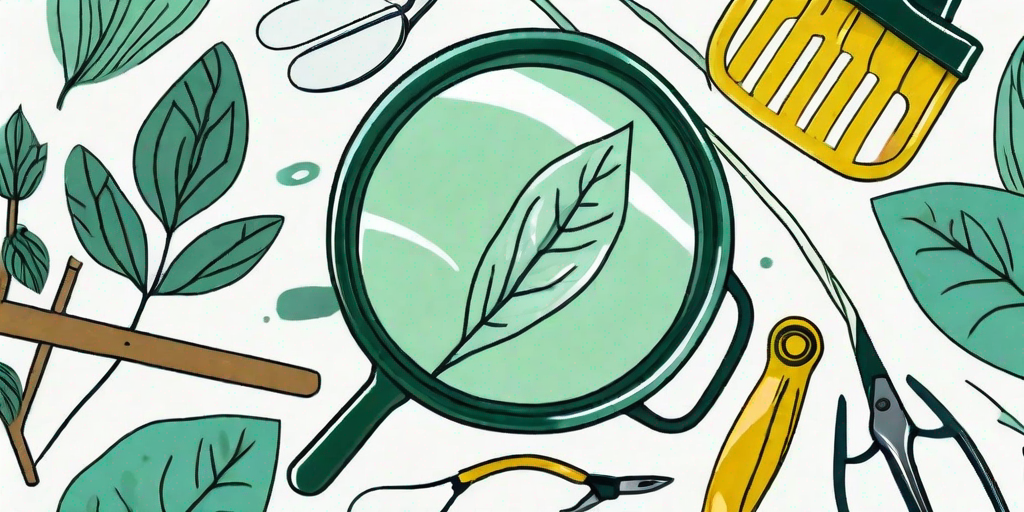
Greetings, green-thumbed enthusiasts! Ever been puzzled by the sight of your beloved plants sporting yellow veins? It's like they've suddenly decided to go punk on you, right? Well, fear not! This guide is here to help you decipher this enigma and restore your leafy pals to their verdant glory.
Understanding the Yellow Vein Phenomenon
Before we dive into the nitty-gritty, let's take a moment to understand what's happening. Yellow veins, also known as chlorosis, is a condition where the plant's leaf tissue turns yellow while the veins remain green. It's like your plant is trying out a new fashion trend, but sadly, this one's a sign of distress.
Chlorosis is often a symptom of nutrient deficiency, specifically iron. But before you rush to feed your plant a steak, remember that plants need iron in a specific form, and too much of anything can be harmful. So hold your horses, and let's explore this further.
Why Iron, You Ask?
Iron plays a crucial role in the process of photosynthesis, which is basically the plant's way of preparing its food. It's like the chef in the plant's kitchen. Without enough iron, the plant can't prepare its food properly, leading to yellowing of the leaves.
However, it's not always about iron deficiency. Other factors like poor drainage, high soil pH, and certain diseases can also cause chlorosis. So, it's essential to diagnose the problem correctly before jumping to conclusions.
Diagnosing the Issue
Now that we know what's happening let's play detective and find out the cause of the yellow veins. Here are a few things to consider:
- Check the pH of the soil: If the soil is too alkaline, it can prevent the plant from absorbing iron, leading to chlorosis.
- Examine the drainage: Poor drainage can lead to waterlogged roots, which can cause yellowing of the leaves.
- Look for pests and diseases: Certain pests and diseases can cause chlorosis. So, make sure to give your plant a thorough check-up.
Once you've identified the issue, it's time to treat it. But remember, patience is key here. Your plant won't turn green overnight, just like your hair won't grow back instantly after a bad haircut.
Treating Yellow Veins
So, you've diagnosed the issue, and now it's time for the treatment. Here are a few steps you can take:
- Adjust the pH: If the soil is too alkaline, consider adding sulfur or peat moss to lower the pH.
- Improve drainage: If waterlogging is the issue, consider repotting the plant in a pot with better drainage or improving the soil's structure.
- Treat pests and diseases: If pests or diseases are causing the problem, consider using organic or chemical treatments as necessary.
- Provide iron supplements: If iron deficiency is the issue, consider using iron chelates or iron sulfate to supplement the iron.
Remember, it's essential to monitor your plant's progress and adjust the treatment as necessary. And don't forget to give your plant some love and encouragement along the way. They can sense it, you know!
Frequently Asked Questions
Can yellow veins be prevented?
Yes, by maintaining the right soil pH, ensuring proper drainage, and providing the necessary nutrients, you can prevent yellow veins.
Can a plant recover from yellow veins?
Yes, with the right treatment and care, a plant can recover from yellow veins. However, it's important to be patient as it can take some time.
Is yellow vein disease contagious?
No, yellow vein is not a disease and is not contagious. However, if the cause is a pest or disease, it can spread to other plants.
Wrapping Up
There you have it, folks! A comprehensive guide to understanding, diagnosing, and treating yellow veins in plants. Remember, the key is to be patient and persistent. With the right care, your leafy friends will be back to their green selves in no time. Now, go forth and conquer the world of gardening!















